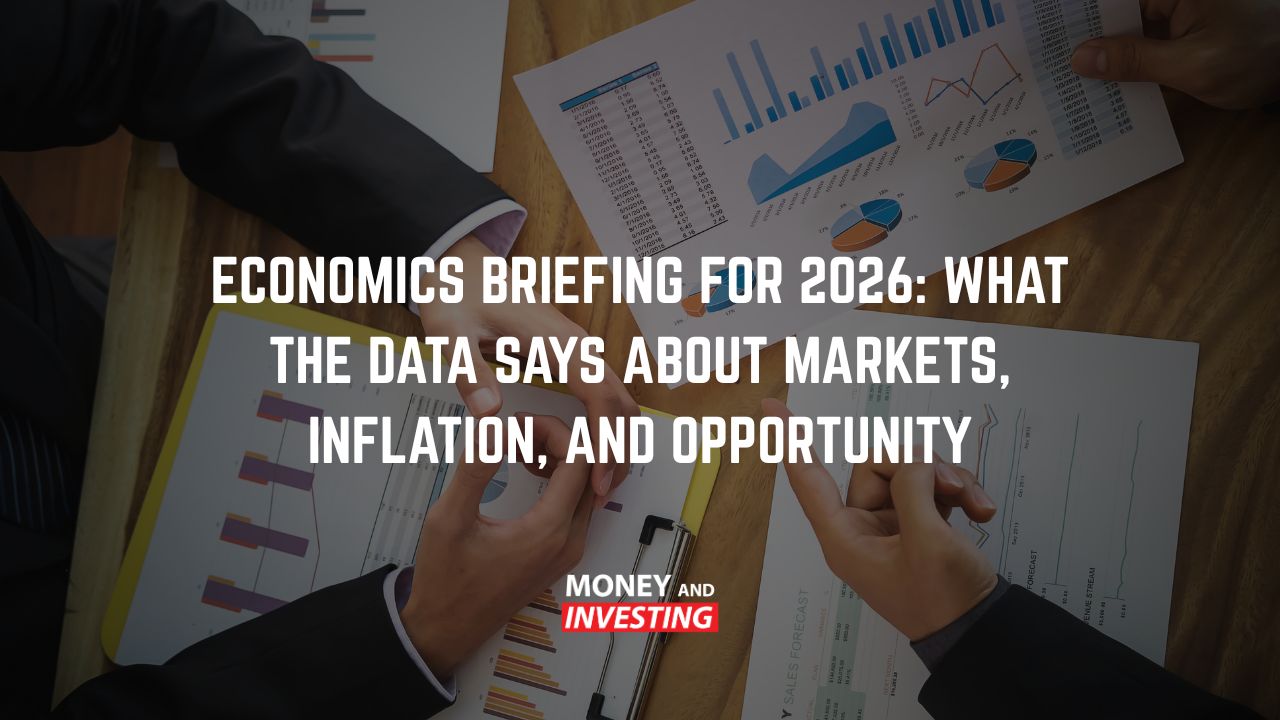Periods of market volatility often trigger one central question: are we in the middle of a crash or correction? The distinction matters, not just for clarity but also for strategy.
At the start of this year, investors were hit with one of the most difficult quarters in recent memory. Several consecutive weeks of losses have prompted comparisons to previous downturns, from the COVID-era sell-offs to the 1987 crash. While it is easy to panic, taking a calm and informed view is far more effective.
Correction or Crash: What is the Difference
A correction is generally defined as a 10 percent drop from recent market highs. The S&P 500 recently crossed that threshold, falling more than 11 percent from its peak. The NASDAQ has dropped even further, nearing a 15 percent decline.
A crash, by comparison, is typically a decline of 20 percent or more and tends to happen much faster. Think of Black Monday in 1987, the tech wreck in 2000, or the Global Financial Crisis. What distinguishes a crash is the speed: a cascade of substantial down days often occurring within a short window, wiping out 20 to 30 percent or more in value.
Both scenarios result in the same short-term outcome: a decline in portfolio value. But the strategy moving forward must be tailored to the cause and speed of the decline.
Cycles Are Normal, but Painful for New Investors
Markets are cyclical. Pullbacks, whether corrections or crashes, are part of every decade. For new investors who entered at the market highs, this period may feel discouraging. But understanding these cycles and positioning accordingly is essential.
While the sell-off has been painful, it comes after years of strong gains. Markets have added several hundred percent over the past five to six years. Some giveback is expected, though never comfortable.
For seasoned investors, this can represent a buying opportunity. High-quality stocks trading at a discount offer value for those holding cash and thinking long term.
Tech Leads the Decline and May Lead the Recovery
The disparity between the S&P 500 and the NASDAQ is notable. The NASDAQ, heavily weighted in tech, has underperformed due to pressure on companies like Tesla, Apple, and Nvidia. These names, part of the “Magnificent Seven,” have dominated the index. When they fall, the impact is significant.
Tesla, for instance, has faced declining sales, political backlash, and brand challenges. These events have had a noticeable ripple effect, dragging the broader tech sector with them.
However, this concentration also sets the stage for strong recovery potential. When market sentiment shifts, these large-cap tech stocks often lead the rebound.
What Is Driving Market Volatility?
There is no single cause. Policy uncertainty, trade tariffs, and geopolitical issues have all played a role.
Recent policy decisions in the United States, particularly those related to tariffs, have caused investor uncertainty. Markets generally dislike unknowns, and a sudden stack of policy shifts creates instability. For example, recent tariff changes have wide-reaching implications for consumer prices, company profits, and international relations.
Consider the 50 percent tariff on washing machines introduced in 2018. It led to a 1.5 billion dollar increase in annual costs to consumers, yet only created 18 new jobs. Economists expect similar outcomes from current tariffs, potentially reducing the average American household’s annual spending power by more than 3,000 dollars.
These economic headwinds affect business investment, slow down consumption, and weigh on company earnings, which in turn impacts share prices.
Tariffs and Inflation: A Delicate Balance
One of the most immediate risks tied to tariffs is inflation. If imported goods become more expensive, or if consumers are forced to buy domestically at higher prices, this can drive inflationary pressure.
Central banks, including the US Federal Reserve and the Reserve Bank of Australia, are watching this closely. If inflation re-emerges, interest rates may need to remain elevated or even increase. This would dampen growth further by making borrowing more expensive and discouraging business and consumer spending.
Inflation is like a fire that looks like it is out, only to flare up again unexpectedly. Tariffs can be the spark.
What to Watch: Key Economic Indicators
There are several data points that investors should pay attention to in the weeks ahead:
-
Producer Price Index (PPI): A leading indicator of inflation. If PPI increases, it is likely the Consumer Price Index (CPI) will follow, putting upward pressure on interest rates.
-
Unemployment and Jobs Growth: A softening labour market can be a warning sign for economic slowdown.
-
Consumer Spending: Strong spending indicates economic resilience. Any drop suggests weakening confidence.
-
Bond Yields: Rising yields may signal inflation expectations and tighter monetary policy.
Together, these indicators will help shape market expectations and guide the next phase of asset price movement.
Policy, Politics and Their Impact on Australia
While most of the focus remains on the United States, there are direct implications for Australia. For instance, any proposed beef export tariffs would be a significant blow to local farmers. Diplomatic missteps, such as poor communication between Australia’s leadership and the US administration, could exacerbate these challenges.
Australia also faces its own economic pressures. Government spending, electoral considerations, and short-term cost-of-living measures like rebates on electricity bills may artificially lower inflation in the near term but will not solve structural issues.
Hard vs Soft Data: Which Matters More?
Economic data comes in two forms: hard and soft. Hard data includes figures like employment, GDP, and retail sales. Soft data reflects sentiment, such as consumer confidence surveys.
Currently, hard data in the US remains strong: low unemployment, healthy consumer spending, and relatively stable inflation. However, soft data, including inflation expectations and confidence levels, has weakened. While sentiment often fluctuates based on news, hard data tends to be more reliable for decision-making.
What Is Next for Investors?
After a turbulent start to the year, investors now face a period of adjustment. With tariff news largely absorbed, markets may begin to stabilise. That said, volatility could persist until economic data confirms the broader impact of recent policy changes.
For now, the focus should be on:
-
Staying objective and not reacting emotionally to headlines
-
Watching leading indicators like PPI and bond yields
-
Maintaining a clear investment strategy based on risk tolerance and time horizon
Markets adjust quickly in the modern information cycle. The recent decline, while sharp, may ultimately provide entry points for long-term investors.
Final Thoughts
Investing is not about reacting to every headline. It is about building a clear strategy, understanding the market cycle, and sticking with a plan over time.
Crashes and corrections are part of investing. The key is knowing the difference, staying informed, and positioning for what comes next, not just what is happening today.



